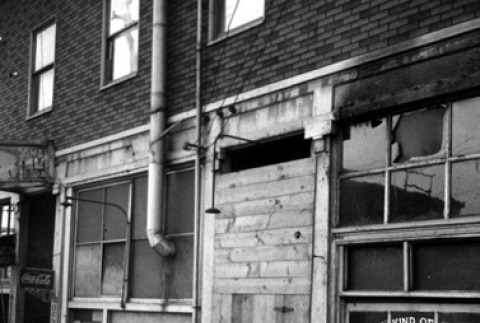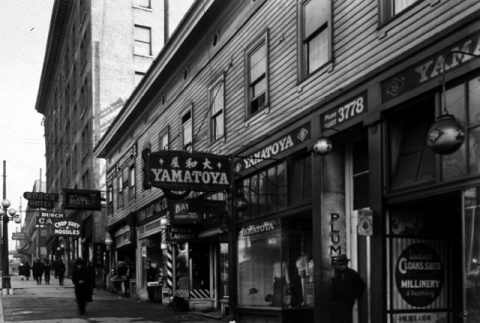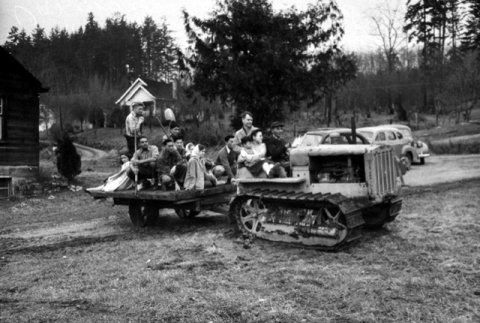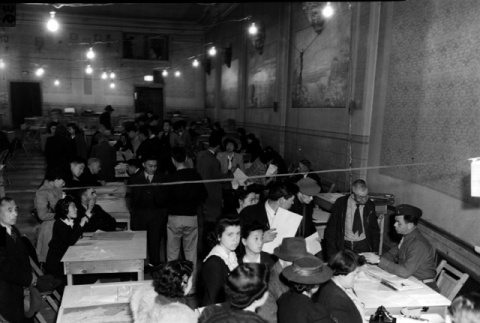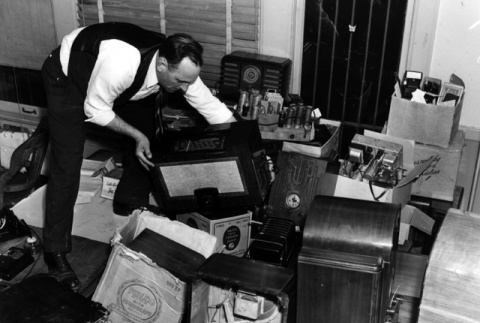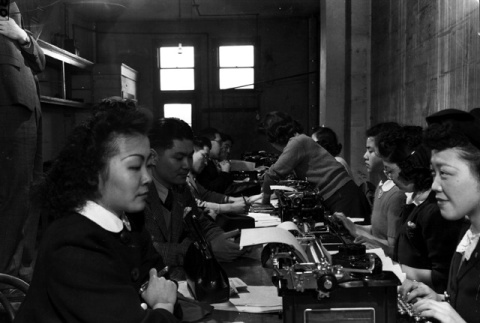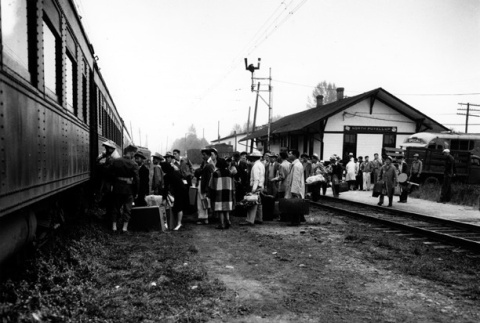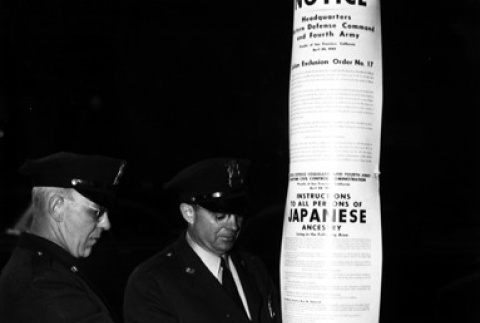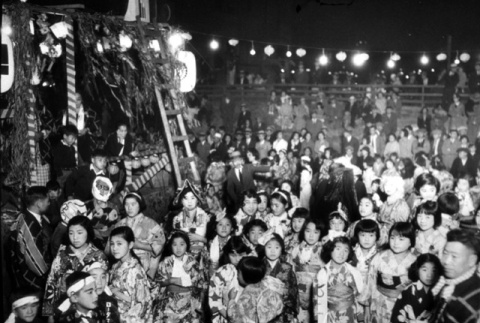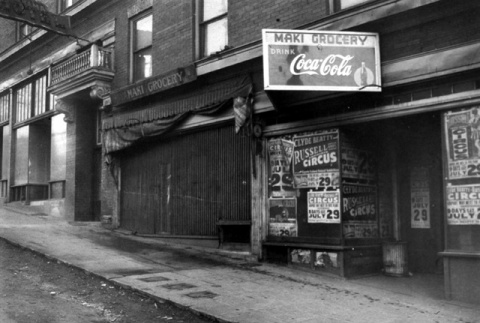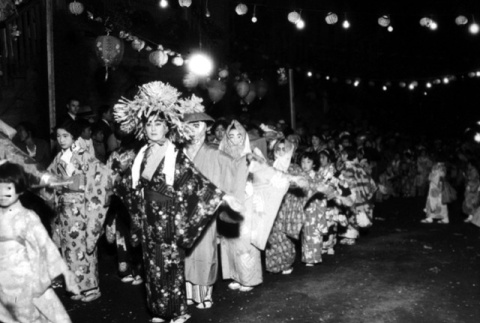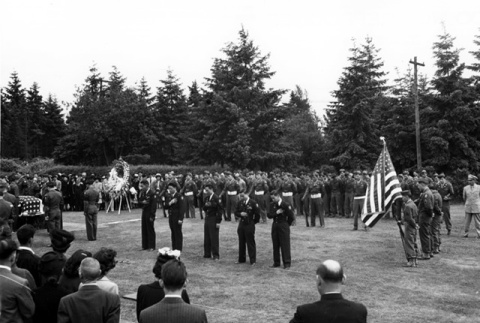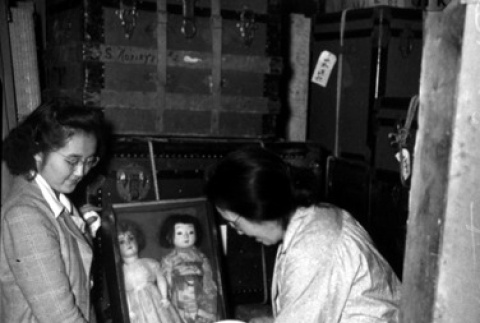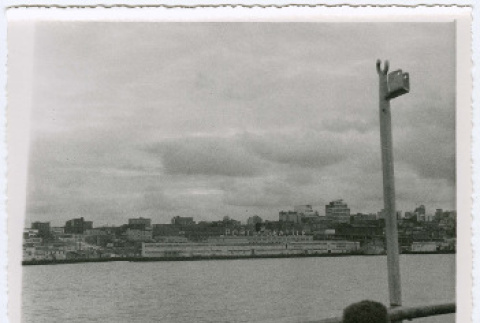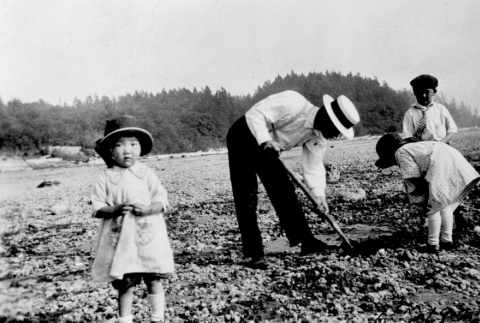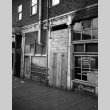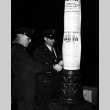10000 items
10000 items
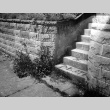

img
Nihonmachi (Japantown) (ddr-densho-36-47)
South Jackson Street in Seattle's Nihonmachi, or Japantown. The museum's original identifying information dated this photo to circa 1910. Densho's later date, circa 1920s, is based on the clothing shown in the photograph.
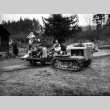
img
Family returning home (ddr-densho-36-54)
Kametaro Funai (driving the tractor), and his family return home after the incarceration. The man standing on the platform is believed to be Floyd Schmoe, a well-known peace activist. After World War II, Schmoe organized teams of people to help Japanese Americans reestablish their farms. Museum identifying information refers to the group helping Funai as uni …
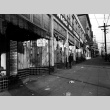
img
Nihonmachi (Japantown) after mass removal (ddr-densho-36-10)
The Higo Ten-Cent Store, located on Jackson Street. The Murakamis were able to reopen their store after the war because they were able to pay property taxes while interned. Higo Variety Store was run by Aya and Masako Murakami after the war.

img
Mass removal processing center (ddr-densho-36-13)
Original caption from the Seattle Post-Intelligencer: Novel audience--Scene in the old theater at 1319 Rainier Ave. which has been converted into a civil control station for evacuation of Japanese from Seattle this week. The Japanese passed from table to table and when the "show" was over they were ready for their trip to the assembly center …
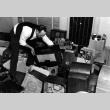
img
Man stacking confiscated radios (ddr-densho-36-31)
Shortly after the bombing of Pearl Harbor, Japanese Americans were ordered by government officials to surrender their cameras and radios, ostensibly to prevent their use in treasonable activities. It is important to note that there are no documented cases of Japanese Americans taking part in such activities.
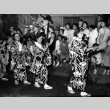
img
Bon Odori (ddr-densho-36-60)
Before World War II, the Bon Odori festival took place on Main Street in Seattle's Nihonmachi, or Japantown.
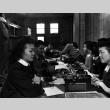
img
JACL mass removal registration (ddr-densho-36-30)
The Seattle chapter of the JACL conducted emergency "evacuation" registration on or about March 14, 1942.
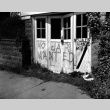
img
Racial epithet (ddr-densho-36-7)
This racial epithet was painted on the garage door of a Japanese American. The photo may have been taken during the resettlement period.
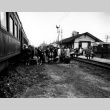
img
En route to Manzanar Assembly Center (ddr-densho-36-8)
Japanese Americans from Bainbridge Island, Washington are being transported to the Manzanar Assembly Center, California. Manzanar Assembly Center became a WRA incarceration camp on June 1, 1942.

img
Bon Odori (ddr-densho-36-62)
Before World War II, the Bon Odori festival took place on Main Street in Seattle's Nihonmachi, or Japantown.
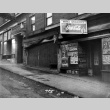
img
Nihonmachi (Japantown) after mass removal (ddr-densho-36-52)
The Maki Grocery was located at 605 Main Street in Seattle's Nihonmachi. The store was owned by Kiyoichi Maki.

img
Bon Odori (ddr-densho-36-58)
Before World War II, the Bon Odori festival took place on Main Street in Seattle's Nihonmachi, or Japantown.
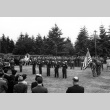
img
Funeral service for a Nisei soldier (ddr-densho-36-2)
Funeral service for a Nisei soldier at the Washelli Cemetery.
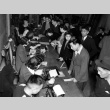
img
JACL mass removal registration (ddr-densho-36-29)
The Seattle chapter of the JACL conducted emergency "evacuation" registration on or about March 14, 1942.

img
Bon Odori (ddr-densho-36-64)
Before World War II, the Bon Odori festival took place on Main Street in Seattle's Nihonmachi, or Japantown.

img
Bon Odori (ddr-densho-36-61)
Before World War II, the Bon Odori festival took place on Main Street in Seattle's Nihonmachi, or Japantown.
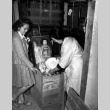
img
Packing items for the mass removal (ddr-densho-36-50)
This mother and daughter pack their belongings in preparation for mass removal.
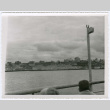
img
Port Seattle skyline (ddr-densho-378-1114)
Photograph of the Seattle skyline and a large "Port of Seattle" sign atop a large building or pier, likely taken from onboard a boat or ferry. Inscribed on the back "July 19 - 54."
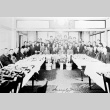
img
Group photograph in a Japantown restaurant (ddr-densho-39-26)
Original museum description: 2 co. of sepia colored photograph, group picture of a gathering of primarily Japanese immigrants at what appears to be Maneki Restaurant in Seattle, dated 1-27-41, photo taken by Jackson Studio. (Info from original museum description)
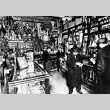
img
Tashiro's Hardware Store (ddr-densho-39-2)
Tashiro's Hardware Store, established in 1917, was a prominent business located on Prefontaine Avenue in the heart of Seattle's Nihonmachi. Kanjiro Tashiro (without hat) sold Japanese folding knives before opening his hardware store in Seattle. During World War II, he stored his inventory at Northcoast Importing. After the war, Tashiro reopened his business and continued to …
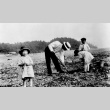
img
Family digging clams on Puget Sound (ddr-densho-39-1)
Clam digging was a favorite pastime for Seattle's Japanese American community. This is the Takakoshi family. Left to right: Fumiko, Sumijiro, Katsumi and Shizuko Takakoshi.
